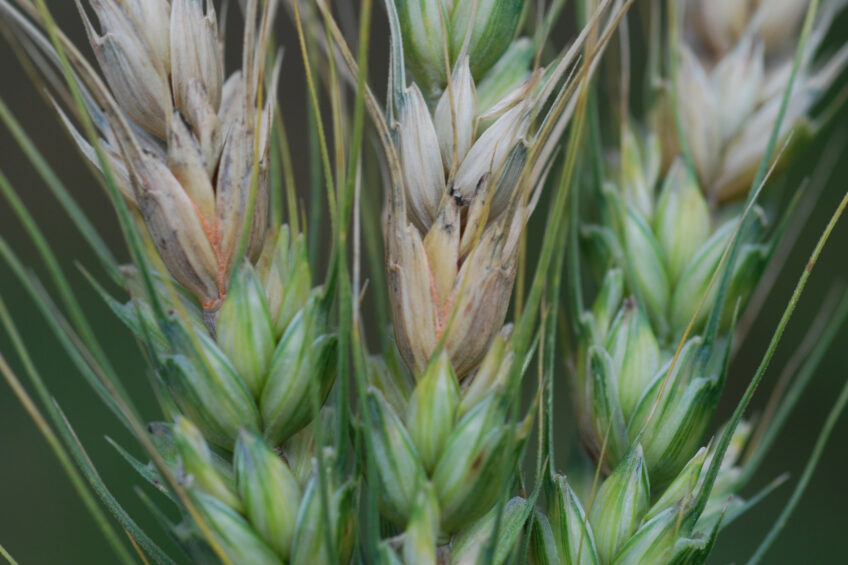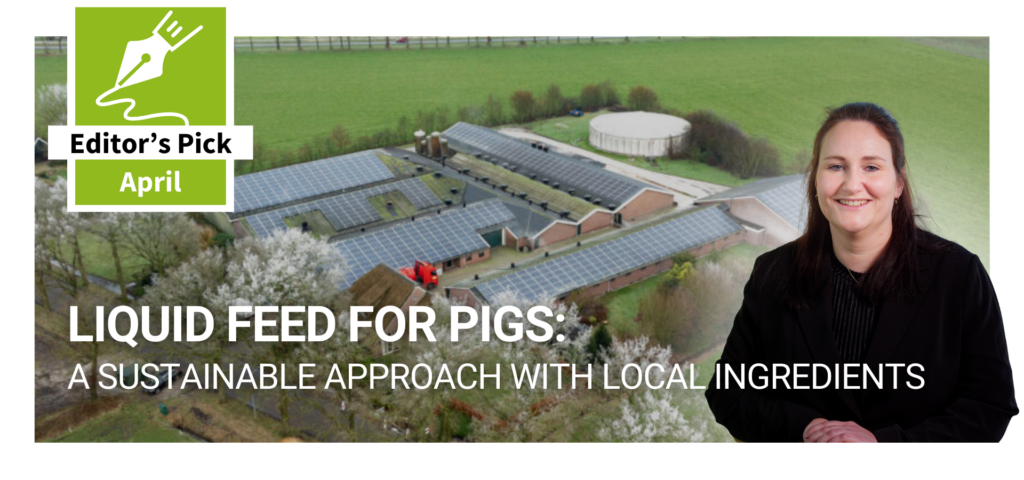Forecasting outbreaks of wheat Fusarium head blight and deoxynivalenol

Significant progress has been made in the collaborative effort to forecast Fusarium head blight (FHB) and deoxynivalenol (DON) outbreaks in wheat and barley. This initiative, supported by the USDA – US Wheat and Barley Scab Initiative involves researchers and extension specialists from key wheat producing regions of the US. The goal is to predict when and where FHB and DON are likely to emerge as major production issues, enabling farmers to take action to manage the disease and minimise the risk of unacceptable levels of DON in grain.
MYCOTOXINS 2025: Utilising technology to detect & mitigate – read all articles
The team began developing predictive models more than 20 years ago. These initial modelling efforts were based on 50 observations of disease from 4 states. In recent years, the collaboration has expanded the dataset available for modelling to more than 1,200 cases. These observations incorporate information from additional production environments addressing conditions in more than 20 states. The current models also allow wheat growers to customise the estimates of disease risk to account for differences in winter wheat vs. spring wheat production systems, and the level genetic resistance present in the varieties of wheat they are currently growing.
RF modelling
The continued effort to gather new observations also helps ensure the long-term stability of the forecasting models within changing climates. Recent advances in model development focused on building ensembles of predictive models based on Random Forests (RF) machine learning algorithms. This modelling approach improved overall prediction accuracy of the forecasts relative to previous generations of modelling. The RF modelling approach yielded multiple models with sensitivity and specificity greater than 80%.
The RF models also provided useful insights into weather patterns that favour the development of FHB epidemics. For example, variables describing the stability of temperature prior to crop anthesis were the most selected by the RF models indicating considerable predictive value of this information. Although the exact influence of temperature stability is unknown, it is likely that these periods of stable temperature are linked to cloudy days with frequent, light rainfall that favour disease development. FHB development is known to be sensitive to atmospheric moisture with severe outbreaks favoured by extended periods of wet conditions. This information was represented in the models in variables such as relative humidity, dew point and vapour pressure deficit, and these variables were critical predictors of FHB epidemics.
Benefits of implementing forecasting systems
The predictive models for FHB are currently deployed covering approximately 2/3 of the United States via the Fusarium Head Blight Prediction Center. These web-based tools provide daily estimates of disease risk in 35 states. There were also important advances with the web-based tools used to deploy the forecasting models. Recent user surveys of the forecasting system helped document the value of the information to small grain producers in the US. These surveys indicated that 89% of the users thought that the information improved the profitability of their farm. Users reported that the forecasting system helped them avoid unnecessary fungicide applications and estimated that the value of the information exceeded $70 million (USD) annually.







